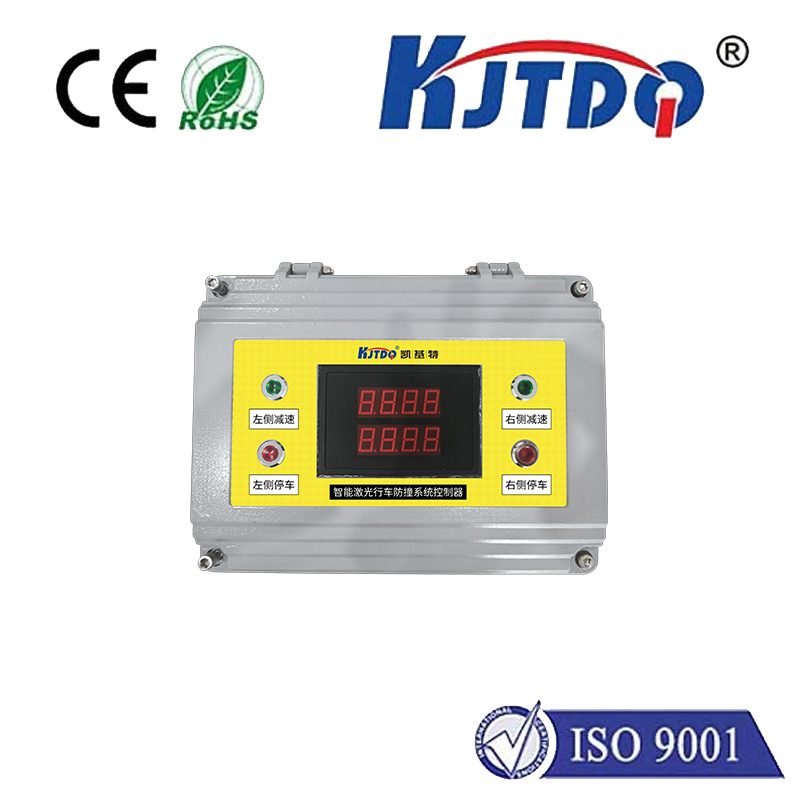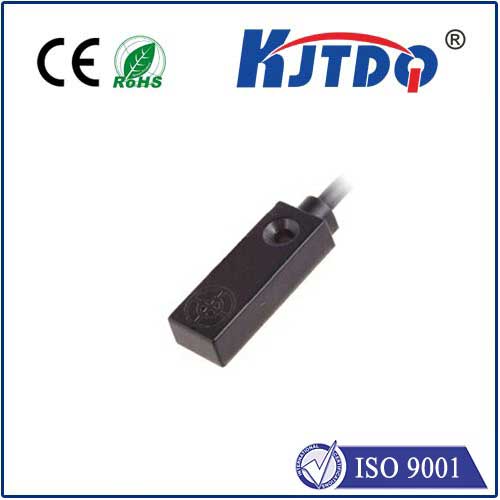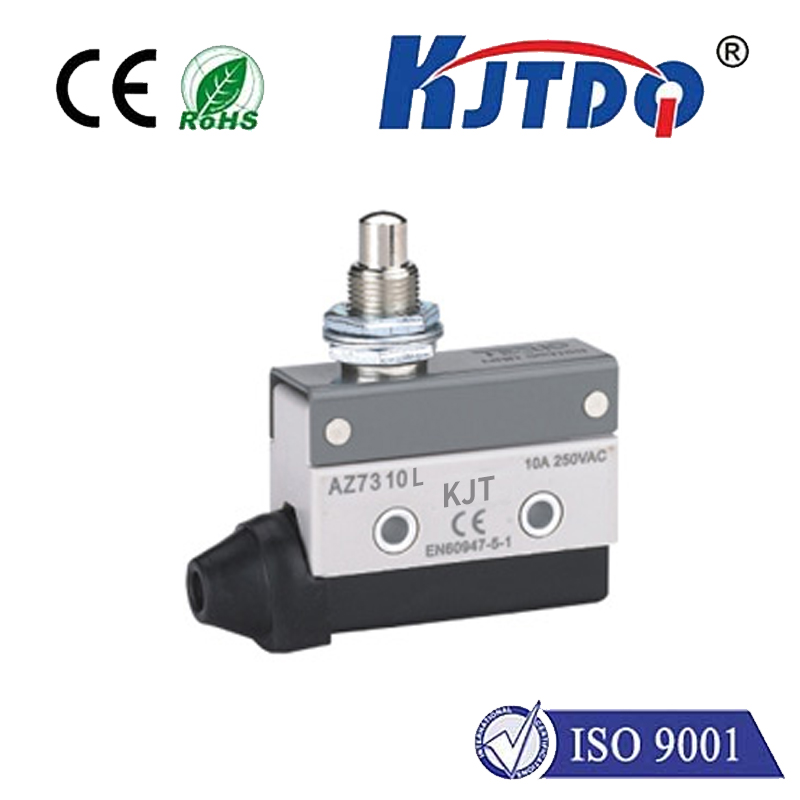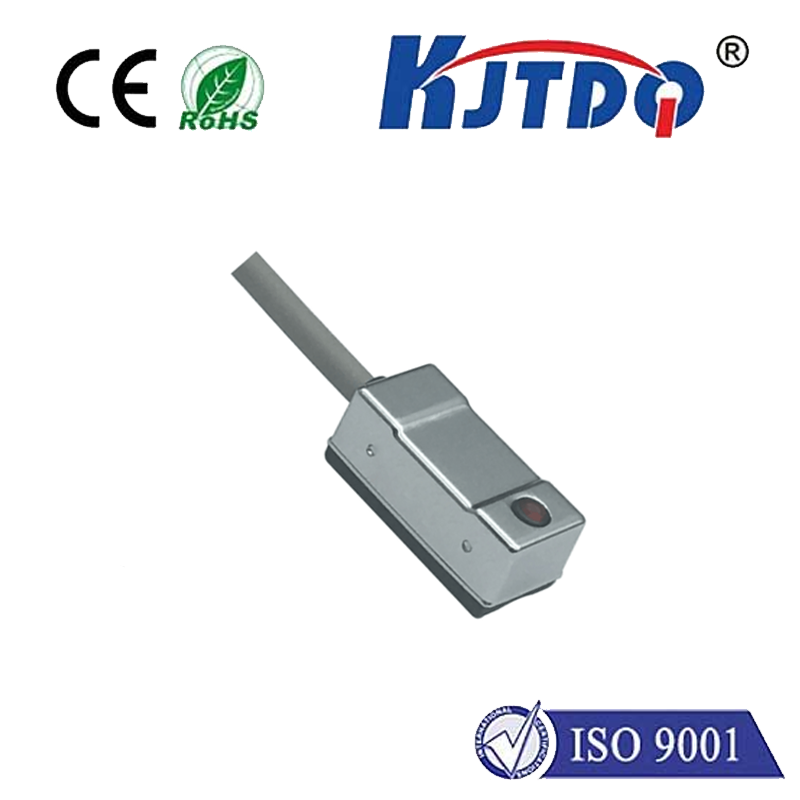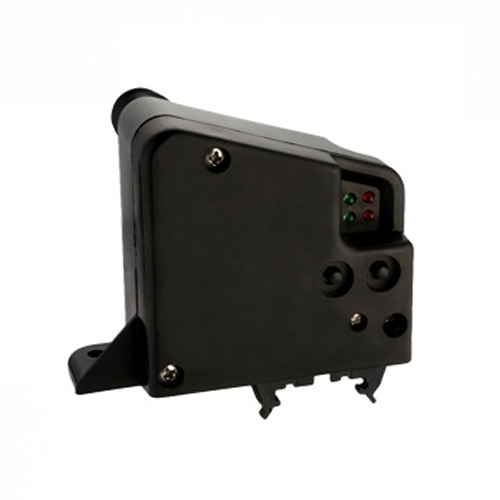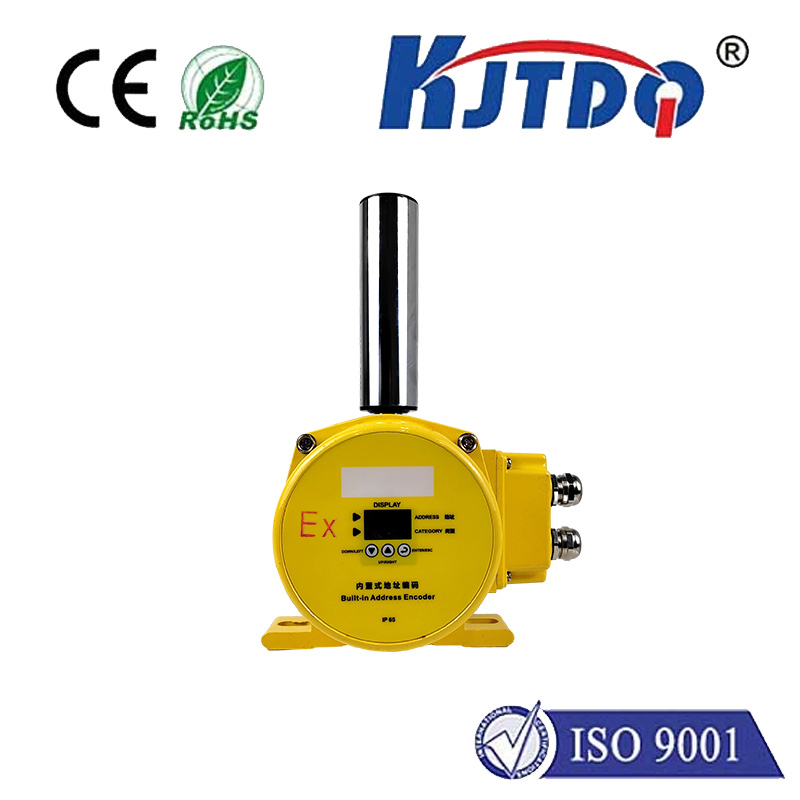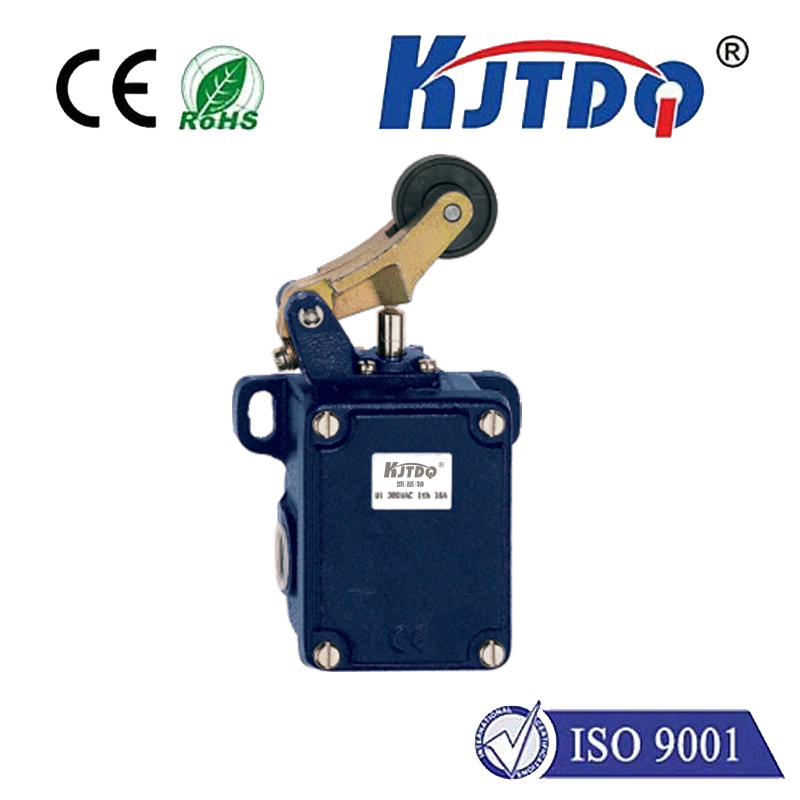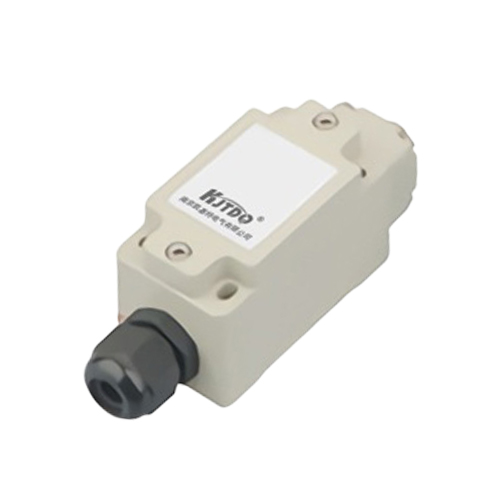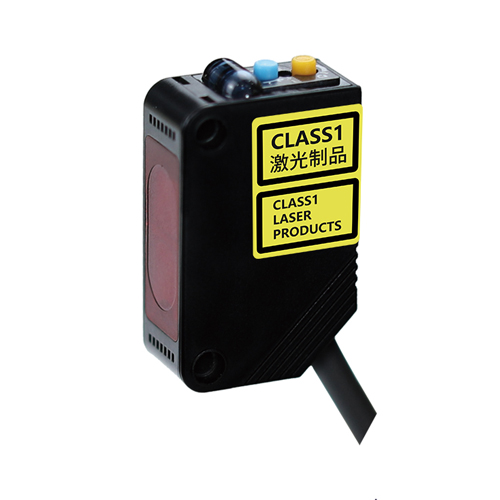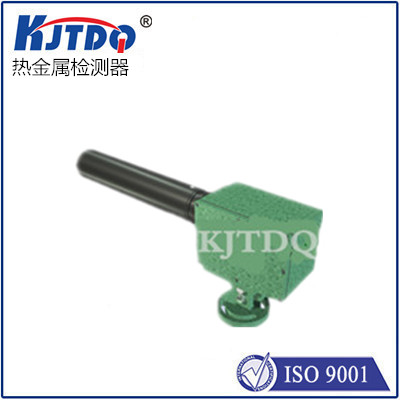BES01TA high pressure proximity sensor
- time:2025-10-14 07:33:07
- Нажмите:0
The Mighty Guardian: How the BES01TA High Pressure Proximity Sensor Secures Critical Operations
Imagine a massive hydraulic press forging automotive parts, or a high-pressure pump driving essential fluids through industrial piping. Within these intense environments, unseen forces constantly threaten efficiency and safety. Precise component positioning is paramount, yet traditional sensors often falter under extreme pressure, vibration, and temperature. This is where specialized sentinels like the BES01TA High Pressure Proximity Sensor step onto the stage – engineered to thrive where others cannot.
Understanding the Core Need: Proximity Sensing Under Duress
At its heart, a proximity sensor detects the presence or absence of an object without physical contact. Common types include inductive sensors (ideal for metals), capacitive sensors (for various materials), and ultrasonic sensors. The BES01TA belongs predominantly to the inductive family, renowned for its robustness and reliability. However, the defining challenge it conquers is operating reliably under exceptionally high surrounding pressures.
Standard inductive sensors function well in typical factory pressures. Yet, in applications involving hydraulic systems, deep-sea equipment, die casting machines, or heavy press lines, ambient fluid pressures can soar well beyond 100 bar, sometimes reaching several hundred bar. These intense pressures can:
- Compromise Sensor Seals: Leading to fluid ingress and catastrophic failure.
- Distort Sensor Housings: Affecting internal electronics and sensing distance.
- Disrupt the Sensing Field: Causing erratic detection or complete loss of function.
The BES01TA High Pressure Proximity Sensor is specifically designed and rigorously tested to withstand these punishing conditions, providing unwavering detection capability precisely where it’s needed most.

Deconstructing the BES01TA: Built for High-Pressure Resilience
So, what sets the BES01TA apart? Its design incorporates several critical features to combat high-pressure environments:
- Robust, Pressure-Resistant Housing: Constructed from high-strength, corrosion-resistant materials like stainless steel (V4A/AISI 316L) or specially engineered thermoplastics (e.g., PPS - Polyphenylene Sulfide), the housing is engineered to resist implosion or deformation under extreme external pressure. This ensures the integrity of the internal components is maintained.
- Hermetic Sealing & Specialized Glands: Achieving an IP68 or IP69K rating is common, but the BES01TA goes further. It utilizes advanced sealing technologies – perhaps specialized O-ring materials (e.g., FKM/Viton) and meticulously designed sealing geometries – capable of maintaining integrity against sustained high-pressure fluid penetration. The cable entry point is a critical vulnerability often reinforced with pressure-rated cable glands or molded connections.
- Pressure-Compensated Design (Conceptual): While not explicitly stated in the model “BES01TA”, high-pressure sensors often employ pressure compensation techniques. This could involve designs where the internal cavity pressure is equalized with the external environment through specialized membranes or diaphragms, preventing pressure differentials from distorting the housing or damaging internal electronics.
- Optimized Sensing Face: The active sensing surface is designed to minimize any recesses or gaps where high-pressure media could become trapped or exert damaging force.
- High-Performance Electronics: Internally, the sensing coil and electronics are potted or encapsulated using specialized resins specifically chosen for their stability under high pressure and temperature, preventing micro-movements, moisture ingress, and electrical failure. This ensures consistent switching characteristics even under duress.
Where the BES01TA Proves Indispensable: High-Pressure Applications
The BES01TA finds its true calling in demanding sectors where pressure is not just a parameter, but a defining operational characteristic:
- Hydraulic Power Units & Cylinders: Monitoring piston position within hydraulic cylinders operating at hundreds of bar. Accurate position feedback is critical for control and safety in presses, injection molding machines, and heavy lifting equipment.
- Die Casting & Plastic Injection Molding: Detecting mold closing positions, core pulls, or ejector plate movement within high-pressure (often hydraulic) clamping systems. Reliable detection prevents costly damage during operation.
- Marine & Offshore Systems: Operating reliably deep underwater on Remotely Operated Vehicles (ROVs), subsea valves, or pressure vessels where ambient water pressure increases dramatically with depth.
- High-Pressure Pumps & Valves: Position sensing of pump components or valve spools subjected to high-pressure internal flows.
- Test Benches & Pressure Vessels: Monitoring fixtures, safety mechanisms, or component positions inside chambers undergoing extreme pressure testing.
- Steel Mills & Heavy Forging: Detecting tooling positions or material presence near massive presses and rolling mills where hydraulic pressures are immense and environmental conditions are harsh.
Key Advantages Beyond Pressure Resistance
While its high-pressure capability is paramount, the BES01TA High Pressure Proximity Sensor typically offers a suite of benefits common to modern industrial sensors:
- Non-Contact Operation: Eliminates mechanical wear and tear, ensuring long operational life.
- High Switching Frequency: Capable of accurately detecting very rapid movements or processes.
- Immunity to Contaminants: Oil, grease, dust, and non-metallic particles typically do not affect inductive sensing performance.
- Durability Against Vibration & Shock: Rugged construction allows operation in demanding mechanical environments alongside high pressure.
- Multiple Output Options: Commonly available in PNP / NPN, NO/NC configurations to integrate seamlessly with various control systems (PLC, DCS).
- Standardized Mounting: Often features M8, M12, M18, or M30 threaded barrels for easy installation.
Selecting the Right Sentinel: Considerations
Specifying the BES01TA High Pressure Proximity Sensor effectively requires careful consideration:
- Operating Pressure Range: What is the maximum sustained and peak pressure the sensor will face? Ensure the BES01TA variant selected exceeds these values with a safety margin.
- Media Compatibility: Will it be exposed to aggressive fluids (hydraulic oil types, salt water, chemicals)? Material selection (housing, seals, sensing face) is critical.
- Temperature Range: High pressure often accompanies extreme temperatures. Verify the sensor’s operational temperature specs align with the application.
- Sensing Distance & Target Material: Standard inductive sensing distances apply. Ensure the required sensing range (Sn) is achievable for the target material (typically ferrous steel).
- Electrical Requirements: Voltage supply, output type (PNP/NPN), switching current, and cable/connection type must match the control system.
- Environmental Rating: Beyond pressure, confirm IP ratings for dust and water ingress protection match the environment (e.g., washdown areas).
The Unseen Protector: Safeguarding Performance
In the relentless world of high-pressure industrial processes, failure is not an option. A malfunctioning sensor can lead to costly downtime, production scrap, or even safety hazards. The BES01TA High Pressure Proximity Sensor stands as a specialized guardian, engineered from the ground up to deliver unwavering reliability and precision position detection precisely where the operational forces are most intense. Its robust construction, advanced sealing, and pressure-optimized design make it a cornerstone technology for ensuring efficiency, safety, and peak performance in the most demanding corners of modern industry.

